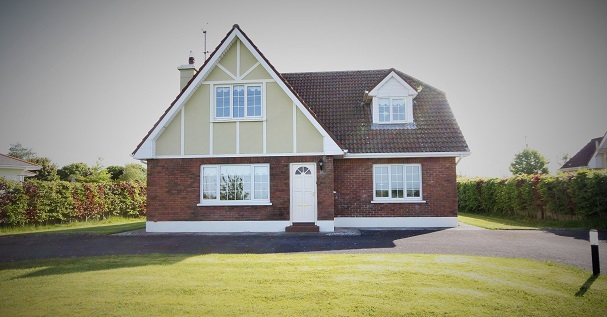
Life brings about those unexpected costs at the most inconvenient of times and coming up with ways to find the money can be tough. This is especially true in an economy where the cost of living is continuously on the rise. If you’re fortunate enough to be in the position where you own your own property, there are options available to you that you might not be aware of.
What is equity release?
When you own a house, it holds a particular value and this value can be released in the form of equity – the difference between market value and loan value- if needed. Essentially, equity release is money that is locked up in your home and can be released in a number of different ways, when you most need it.
There are a number of reasons why you might need to release cash when you’re in your later years. Perhaps you want to ensure that your dependents have a particular inheritance, you want to fund a once-in-a-lifetime trip that you would otherwise not be able to afford to do, or else unexpected costs, such as an extension or repairs to your property could have arisen. All of which can leave you in a position where equity release becomes a viable option.
Equity release can often end up being expensive. If you take out a lifetime mortgage, for example, then the interest rate you will pay back when you die can be quite high. Bear this in mind when comparing suppliers and ensure that you get the best value for your money.
How can I release equity to cover additional costs? Five ways:
1. Lifetime mortgage:

If your aged 55 or older, then a popular way of releasing equity from your home comes in the form of a lifetime mortgage. Depending on certain factors, including your age at the time of application and the value of your house, you could be able to borrow up to 60% of the value of your property. This loan is released as tax-free cash and can be taken either as a lump sum or released gradually in smaller instalments over a set period of time.
Unlike is the case with a regular mortgage, where monthly repayments with interest are the norm, lifetime mortgages are different. With a lifetime mortgage, the interest is added onto the sum of the loan but can be paid off in one of two ways. You can choose to pay off the interest – not the loan itself- on a monthly basis. Another option is where you can pay off the entire sum of the loan plus the interest amount when the house is sold when you pass away, or else when you move into permanent care.
2. Home Reversion:
Home reversion works a little differently to a lifetime mortgage, in the sense that you sell a portion- or all, if you so wish- of your house to an individual and remain living there as a tenant. You do not have to pay rent and may live there until you die or go into long-term care.
A pay-out through a home reversion scheme can either be taken as a lump-sum or else as a regular monthly income, which is good for those looking to boost their pension or else pay for long-term care fees. Naturally, home reversions can have repercussions in terms of inheritance, as they decrease the amount of equity you are able to leave to your offspring.
3. Re-mortgaging:
Even if your mortgage hasn’t been fully repaid, your property is still the best asset that you possess and re-mortgaging your property is a viable option if you’re looking to acquire extra funds, for whatever reason. By re-mortgaging your house for a higher amount than you have left to pay off, you ultimately find yourself with equity to use to finance whatever you wish.
Remember that re-mortgaging your house does come with negative factors, such as the fact that you may find yourself with more substantial monthly repayments than before you took out the loan.
4. Second mortgage:

If you have the available equity you can take out an additional loan that is secured against your property and is paid alongside your existing mortgage. These loans are called second charge mortgages and are also referred to as secured loan, second charge loans and homeowner loans. They are often arranged via loan brokers and are popular with borrowers who wish to make home improvements and consolidate debts more expensive debts. They are also a popular option for buy to let property and landlords who wish to raise additional funds from their property investments.
A second charge mortgage can be repaid over a longer period of time up to 30 years, and are often have similar rates of interest as your existing mortgage arrangement.
5. Downsizing:
While downsizing your family home may well be a last resort for most people, the option to sell your house and purchase a smaller house, keeping the remaining money for whatever reason you’re looking for additional funds, is there.
Often, when you are older, you’ll find that the large house that you needed when you were younger, possibly because you had children living with you, is a thing of the past and practically, downsizing is a good and viable option if you’re in need of quick cash.
If you need a smaller amount of cash for a specific purpose, it may be worth looking at an interest-free credit card. A number of companies have specific offers available to the older generation, meaning that equity release is unnecessary and leaving you with the full value of your house. Remember to only borrow what you can afford, in this case, and keep on top of monthly repayments.



